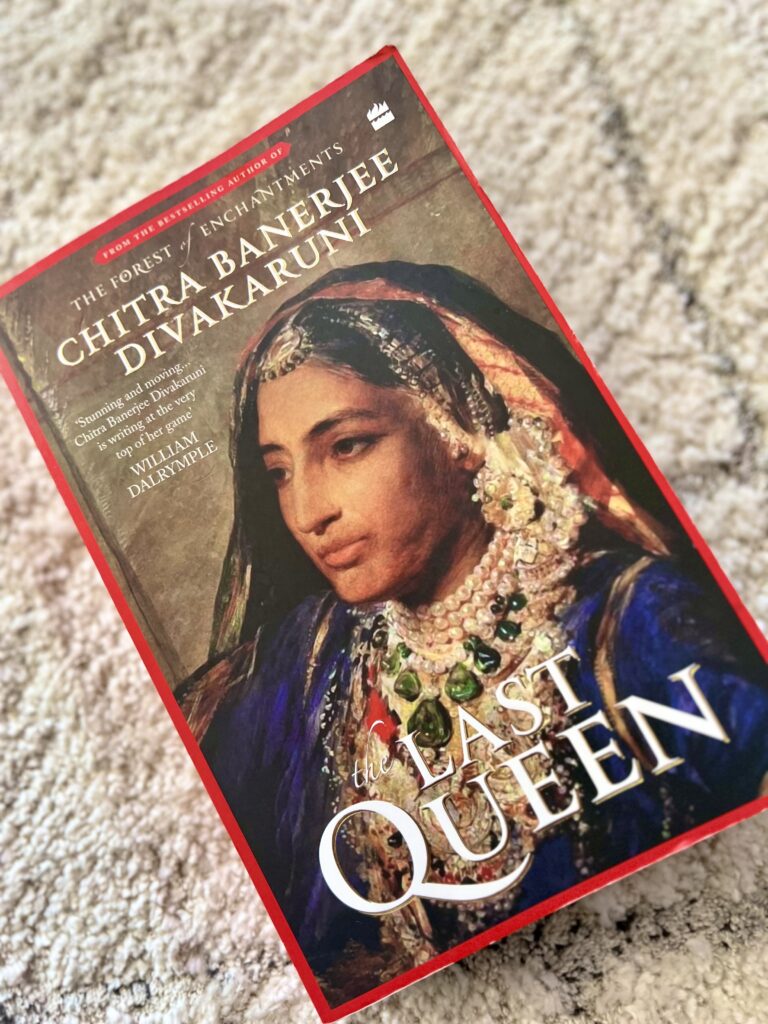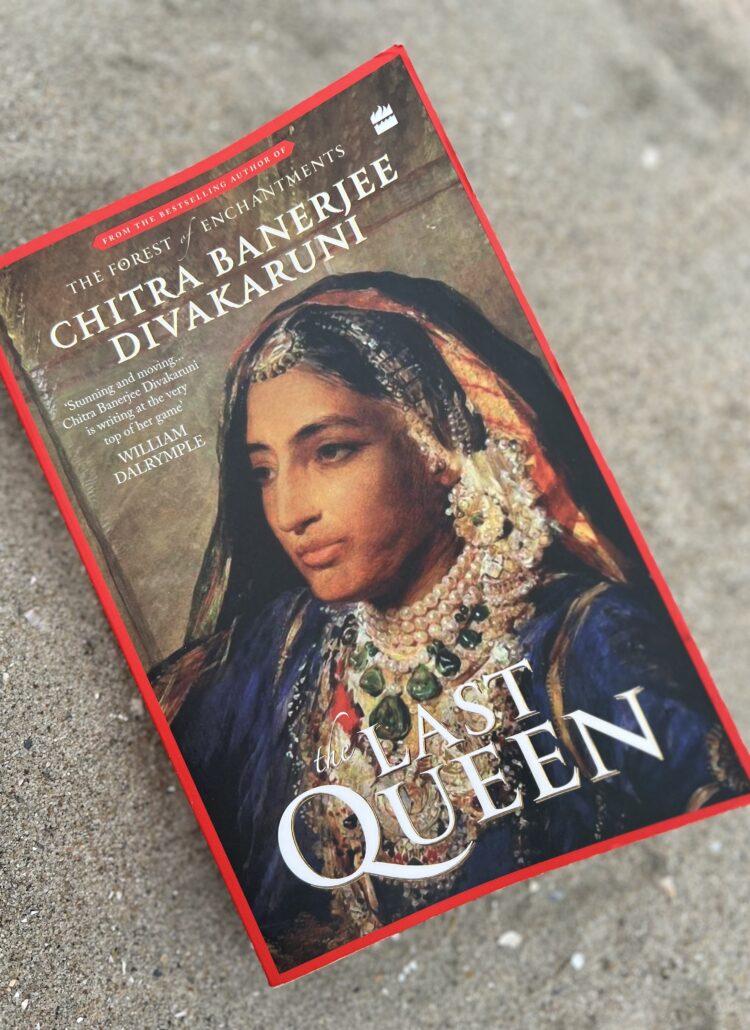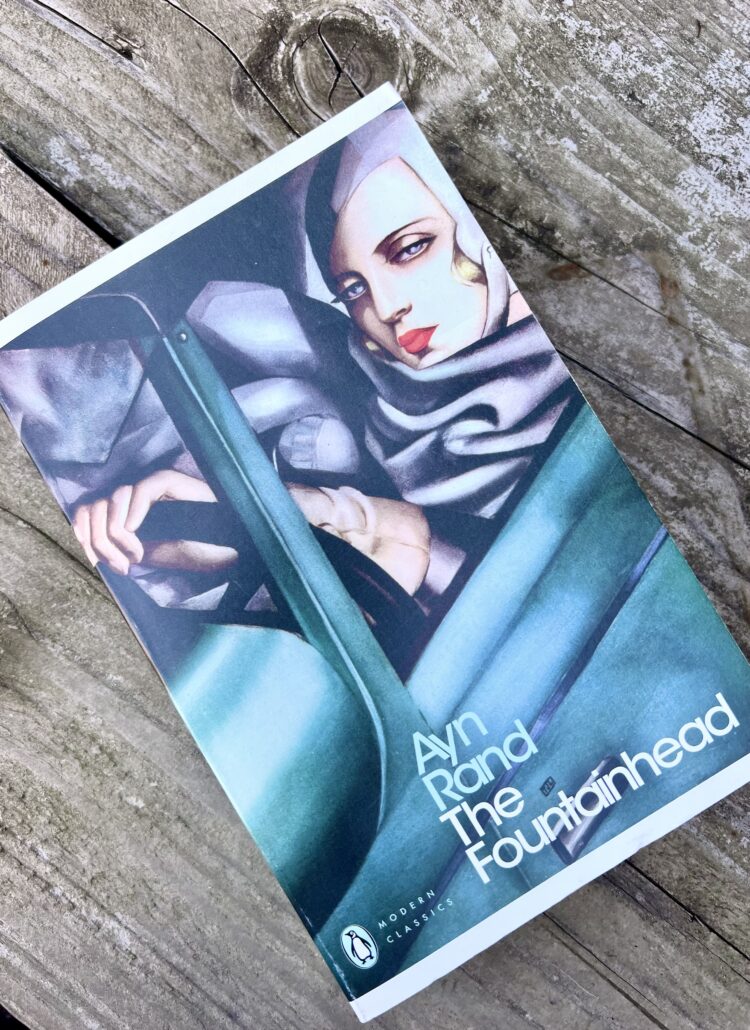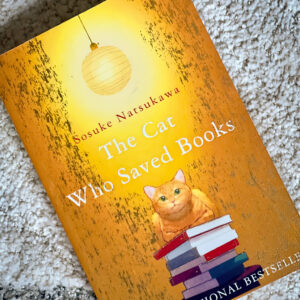“Until the lions have their own historians, the history of the hunt will always glorify the hunter.”
Chinua Achebe
It’s been a while since I posted on the blog. The Last Queen is one of the books I picked up at the airport. I finished reading it a couple of weeks ago, yet I wanted to take my time to write the review. At first, I wasn’t at all impressed with the book. The more I read though I was hooked and couldn’t put it down. I couldn’t wait to finish the book and share my opinion about it. Continue to read more to dive into details. This is also the third book I read by Chitra Banerjee Divakaruni.
About the Author

Chitra Banerjee Divakaruni was born in Kolkata and finished her bachelors from the University of Calcutta. She moved to the U.S. to do masters and PhD. To support her education in the U.S. Chitra took odd jobs. She worked as a babysitter, store clerk, bread slicer in a bakery and a lab assistant etc. Chitra Banerjee now lives and teaches in Texas. She is professor of Creative Writing at the University of Houston. She is author of several books and poems. Her first collection of short stories Arranged Marriage won an American Book Award. You can also see review of her other book The Forest of Enchantments.
Star rating
4 stars
Summary
“Perhaps we are always alone, from the time we leave the safety of our mothers’ wombs until the time Waheguru gathers us to Himself.”
Chitra Banerjee Divakaruni
The Last Queen is the story of Maharani Jind Kaur, the mother of the last king of Punjab Maharaja Dalip Singh. He was the youngest son of Maharaja Ranjeet Singh and was placed on the throne at the age of five in September 1843. Since the king was young, Maharani Jind Kaur was the regent of the Sikh Empire from 1843 to 1847. The story begins when she is a little girl, her family and background and her zeal to study and learn. From her childhood, to becoming the last queen of Maharaj Ranjeet Singh and trying to protect the Sikh empire to her dying breath.
The tale of Rani Jindan begins as a fairy tale and rapidly turns into a story of torture and blood bath. This is the first time as an adult, I read about the manipulation and countless atrocities of the then British Empire. In short, it is a heart wrenching story of a mother and a son surrounded by a well-orchestrated political hurricane that tore them to pieces and separated them and yet couldn’t keep them apart.
The plot
The story is told in first person. So, it’s Rani Jindan telling the story of her life. The novel begins with Rani Jindan waiting at the death bed of Maharaja Ranjeet Singh along with his other wives and courtiers. Convinced that she can will anything to happen, she’s dedicated herself to pray for the king’s (Sarkar, as he is lovingly called by everyone) recovery. She will soon be proved wrong.
The childhood
In the next chapter, the story goes back in time to her childhood. Daughter of a dog trainer, she lives in a small village on the outskirts of Lahore. (Lahore was the capital of the then Sikh Empire.) She lives in a small mud house with her elder brother Jawahar, elder sister Balbir and her Biji (mother). Barely surviving, they never have enough to eat, so Jawahar has to frequently resort to stealing food. Manna, their proud father with big reputation lives in the Badshahi Qila in Lahore.
Unlike her other siblings, Jindan loves school and is a bright student. She must drop out though to avoid the cat calls and undue attention from the boys in her school. This time when Manna comes home, even his friends notice how Jindan is growing up to be a beautiful woman. Conscious of this, Manna decides to take her with him to Lahore. Jindan and Jawahar eventually move in with their father, where she learns that Manna is not as important as he proclaimed to be. He is a mere dog trainer in Maharaj Ranjeet Singh‘s kennels.
Lahore and beyond
“People revered his father as the Lion of Punjab, but his mother is the one they should have called Lioness.”
Chitra Banerjee Divakaruni
Unexpectedly one day, Jindan catches eyes of the Maharaja and he takes her horse riding on his favourite horse, Laila. As she gets to know him more, she falls in love with him. Maharaja is also impressed with her intelligence and of-course her beauty. Soon enough, she is married to Maharaja Ranjeet Singh. From then on, the political drama unfolds both inside and outside the Badshahi Qila (The royal fort). Within a span of two years, Maharaja passes away leaving the Sikh Empire in disarray and without a strong heir. From an 18-year-old, dog trainer’s daughter turned queen, Rani Jindan must learn fast to survive and to keep her only child safe from the conniving people around her. Everyone from the other queens, courtiers and the manipulative British Empire is waiting for one wrong move from her. If I compare it to a fictional story, it doesn’t stray far from the ruthless world of the series Game of Thrones.
What I thought, I wasn’t impressed with
“But to whom can she say this? Who will listen to her? The power she possessed even a few days ago, as the Sarkar’s favourite queen, has faded.”
Chitra banerjee Divakaruni
I’m starting with this section, because that’s the first emotion I felt as I started reading The Last Queen. I was repulsed by the prospect of a mighty powerful king taking advantage of a teenager born in poverty. Innocent and wide eyed. Taking her horseback riding. A girl who’s not seen anything in life. Calling her beautiful and telling her fascinating stories. In my world that’s seducing, misusing your power and being unable to control your whims and fancies. Afterall, you are a king! A king with many queens and many more concubines. How could this ever sit well with me? I kept thinking, he could have helped her as a daughter, become her beneficiary, giving her an opportunity for education and other possibilities.
As I read on, I could see that my views had a narrow perspective about a very small aspect. At the moment, I did not take into account the political climate and the facts of that era. While I still cannot condone an old man seducing a minor. It still is not related to the quality of storytelling or the book itself. Chitra has tried to weave a story based on the facts she collected. It would be naïve of me to expect an idealistic behaviour from characters. Historical or otherwise. 🙂 It did have my blood boiling in the initial part though.
On the other hand, I would say for a time being the book becomes a task to continue to read and someone who’s not interested to finish the story, might not finish reading.
What I loved about the book
With my paradoxical explanation above. I’ll try to keep this section small. What I loved is the (as per my opinion) the research gone into finding facts. It is an important story to be told and it’s difficult to find a story told from an Indian perspective during the British Empire era. As the quote used by Chitra herself in the introduction of the book, “Until the lions have their own historians, the history of the hunt will always glorify the hunter.”
I commend the effort by Chitra to weave a beautiful story. She has managed to bring forth the gruesome and unfair dealings of British Empire and the greedy Indian courtiers. The Last Queen is the story of a simple girl turned a mighty queen of the Sikh Empire, the story of the Koh-i-noor. The story of atrocities that possibly have a strong hold on the mindset of a huge population in the Indian subcontinent even today!
Final thoughts
I commend the truth this book unveils, the questions it forces us to ask ourselves. As I kept reading, I had to constantly remind myself this is not fiction. Do I recommend reading this book? Hell yeah!
Until next time. Ciao!




